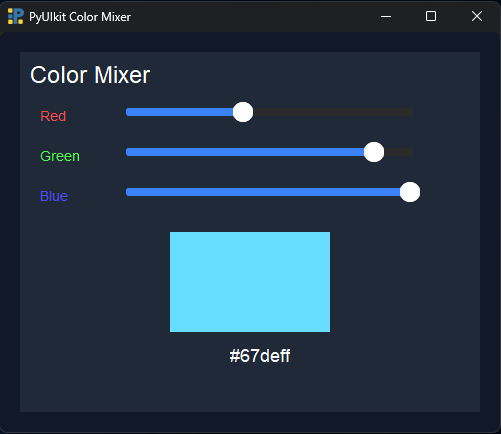
Similar Posts

🧠LLMs As Sensors
ByAdilWhy OrKa 0.9.10 Wraps GenAI Inside Deterministic Systems I will start bluntly. I like generative AI. I use it every day. I build around it. But I do not trust it to own the outcome of a system. For me, GenAI is a fantastic tool for two things: Generating content Analyzing context That is already…

The LLM Shield: How to Build Production-Grade NSFW Guardrails for AI Agents
ByAdilContent moderation is one of the most critical yet challenging aspects of building AI applications. As developers, we’re tasked with creating systems that can understand context, detect harmful content, and make nuanced decisions—all while maintaining a positive user experience. Today, I want to share insights from building a production-grade NSFW detection system that goes beyond…

Tired of old, clunky GUI libraries? Try PyUIkit 1.0.0 🚀
ByAdilHey Python devs! 👋 I’m excited to share PyUIkit 1.0.0, a modern, web-style GUI framework for Python built on top of CustomTkinter. It brings Div-based layouts, reusable components, and an easy way to create interactive desktop apps without messy layout code. Features Web-like Div layout system for nesting components Interactive components: Text, Button, Input, Slider,…

I’ve spent 20 years testing hi-fi and these bookshelf speakers are the gateway drug to passive perfection
ByAdilAfter chasing the pricier loudspeaker dollar, Dali has returned to its roots with the super-affordable Kupid. Is the company’s entry-level mojo still working? 🎬 Watch the Video

ICYMI: the 7 biggest tech stories of the week, from more GTA 6 rumors to Netflix buying Warner Bros. Discovery
ByAdilOur in-case-you-missed-it guide to some of the major tech headlines on the site over the last seven days. 🎬 Watch the Video

I’m a trained barista, and these are my top 12 Christmas gifts for coffee lovers
ByAdilTurn your loved one’s kitchen into a coffee house with these premium barista tools they’ll use every time they brew. 🎬 Watch the Video